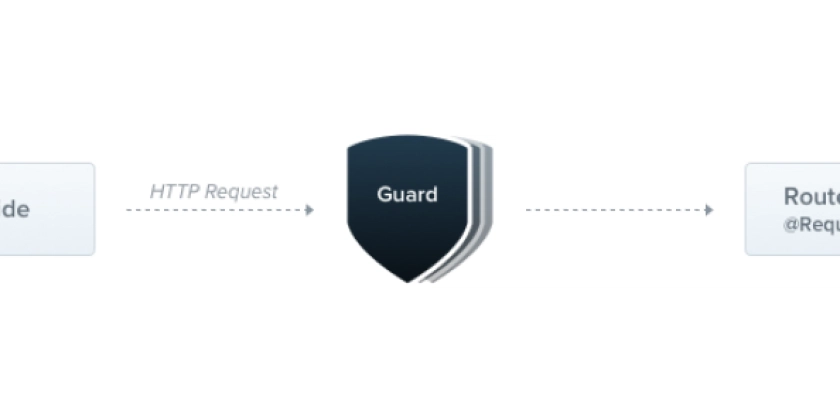
Database Replication Strategies: A Beginner's Guide to Scaling Your Data
Is your database struggling to keep up with increasing traffic? Learn about database replication strategies so you can scale your large-scale applications effectively for performance, fault tolerance, and availability. Database replication involves copying and maintaining database objects across multiple servers.
Why Use Database Replication? Key Benefits Explained
Relying on a single database node can lead to performance bottlenecks and failures. Replication solves these issues by replicating data across multiple nodes.
Here's why database replication is essential:
- High Availability: If one node fails, others take over, ensuring continuous operation.
- Read Scalability: Offload read traffic to replicas, reducing latency and improving throughput.
- Geo-Distributed Access: Place replicas closer to users for faster data delivery, minimizing latency.
- Backup & Recovery: Replicated data acts as a live database backup, speeding up disaster recovery.
- Analytics: Run heavy queries on replicas without impacting primary node performance.
Trade-offs of Database Replication: Weighing the Pros and Cons
While replication offers many advantages, it's not without its challenges. Consider these trade-offs before implementing a strategy.
Pros:
- Improved read performance.
- Increased fault tolerance.
- Horizontal scalability for reads.
- Data redundancy and backup.
- Lower latency for global users.
Cons:
- Replication lag (followers might have outdated data).
- Complexity in resolving conflicts, especially in multi-leader setups.
- Increased operational overhead and infrastructure management.
- Potential for temporary inconsistencies.
3 Essential Database Replication Strategies
There are three common database replication strategies. These include "single-leader replication," "multi-leader replication," and "leaderless replication." Choosing the right method impacts performance, consistency, and complexity.
1. Single-Leader Replication: Simple Yet Limited
In single-leader replication, a single node (the leader) handles all writes. Other nodes (followers) replicate data from the leader and serve read requests.
Pros:
- Strong consistency on writes.
- Simpler conflict resolution.
- Supported by common databases like PostgreSQL and MySQL.
Cons:
- Single point of failure if the leader fails.
- Limited write scalability.
- Replication lag in followers.
Real-World Examples: PostgreSQL, MySQL, web applications, and CMS platforms.
2. Multi-Leader Replication: Write Anywhere, Resolve Conflicts
Multi-leader replication allows multiple nodes to accept writes. Changes are then propagated to other nodes, usually asynchronously.
Pros:
- High availability and write scalability.
- Ideal for geo-distributed systems.
- Lower latency by writing to the nearest leader.
Cons:
- Complex conflict resolution is required.
- Potential for temporary inconsistencies.
- Increased operational complexity.
Real-World Examples: CouchDB, Active-Active Redis, CRMs, and mobile backends.
3. Leaderless Replication: Maximize Availability and Resilience
In leaderless replication, all nodes are equal and handle both reads and writes. Consistency is achieved through quorum-based protocols. Achieving the correct balance between replication and consistency will help guarantee an operation is safe.
Pros:
- High fault tolerance.
- Highly available and partition-tolerant.
- Flexible consistency trade-offs.
Cons:
- Eventual consistency.
- Requires conflict resolution mechanisms.
- Write amplification (writes go to multiple nodes).
Real-World Examples: Amazon DynamoDB, Apache Cassandra, and IoT ingestion platforms.
Choosing the Right Database Replication Strategy: A Quick Guide
The best replication strategy depends on your specific use case.
- Read-Heavy Workloads with Strong Consistency: Single-Leader
- Global Applications with Local Writes: Multi-Leader
- High Availability and Resilience Critical: Leaderless
By understanding the nuances of each database replication strategy, you can effectively scale your data infrastructure to meet your application's needs.











